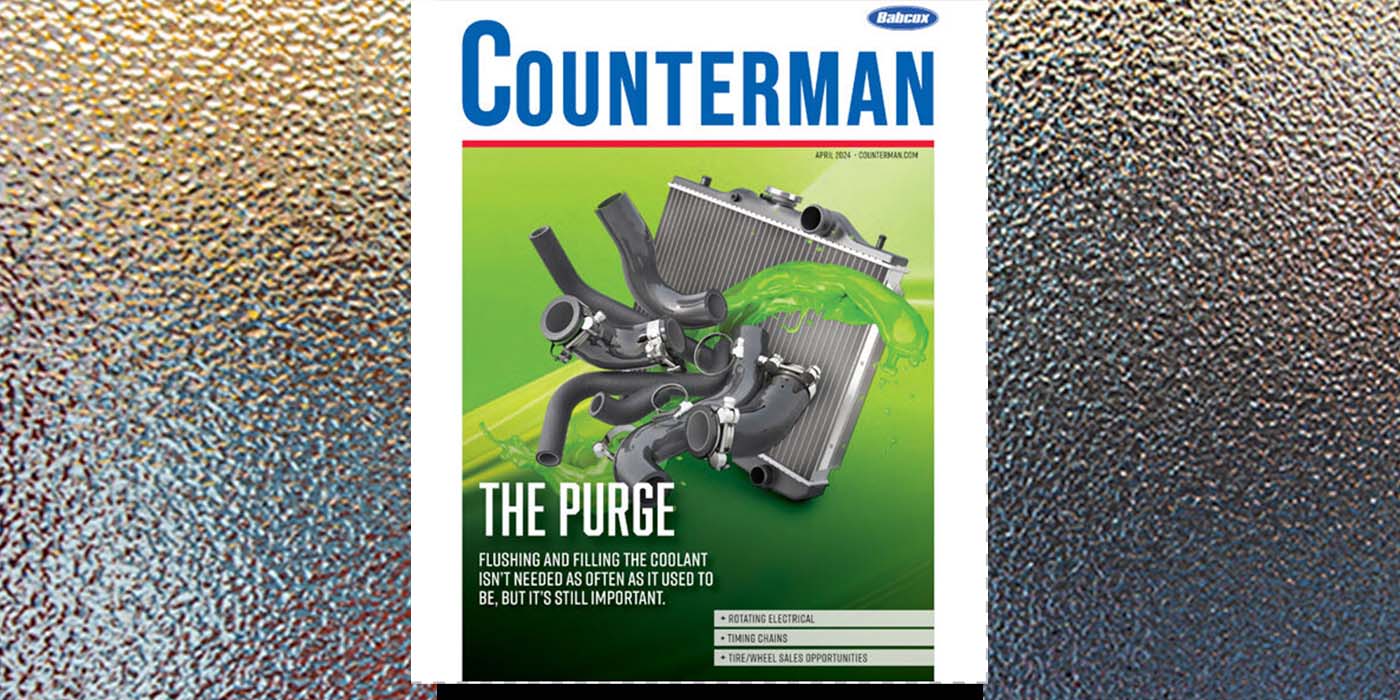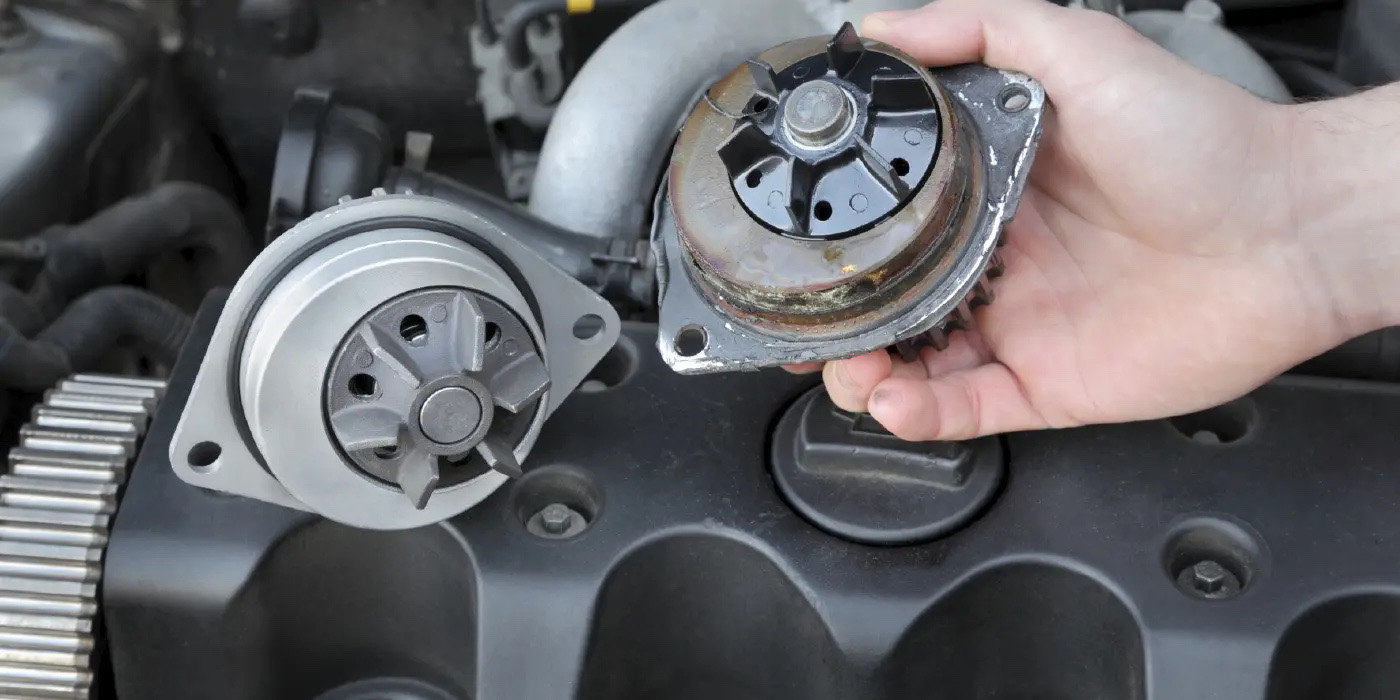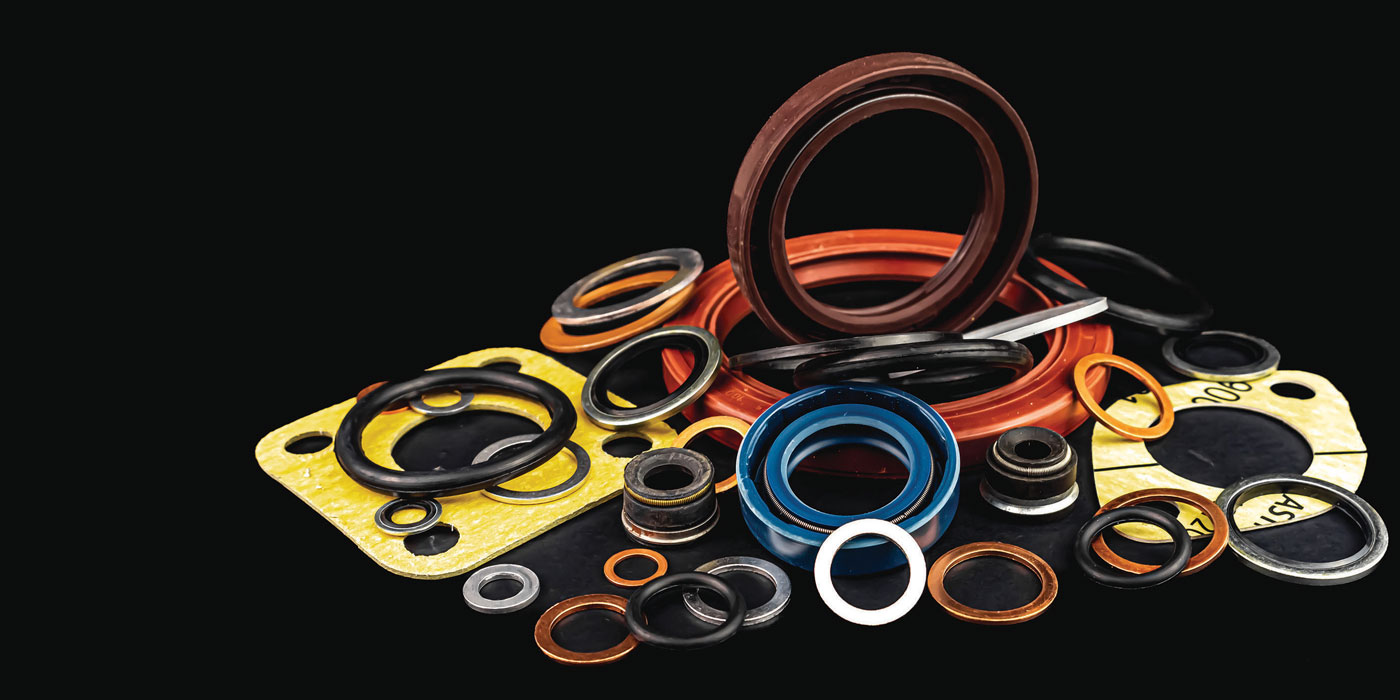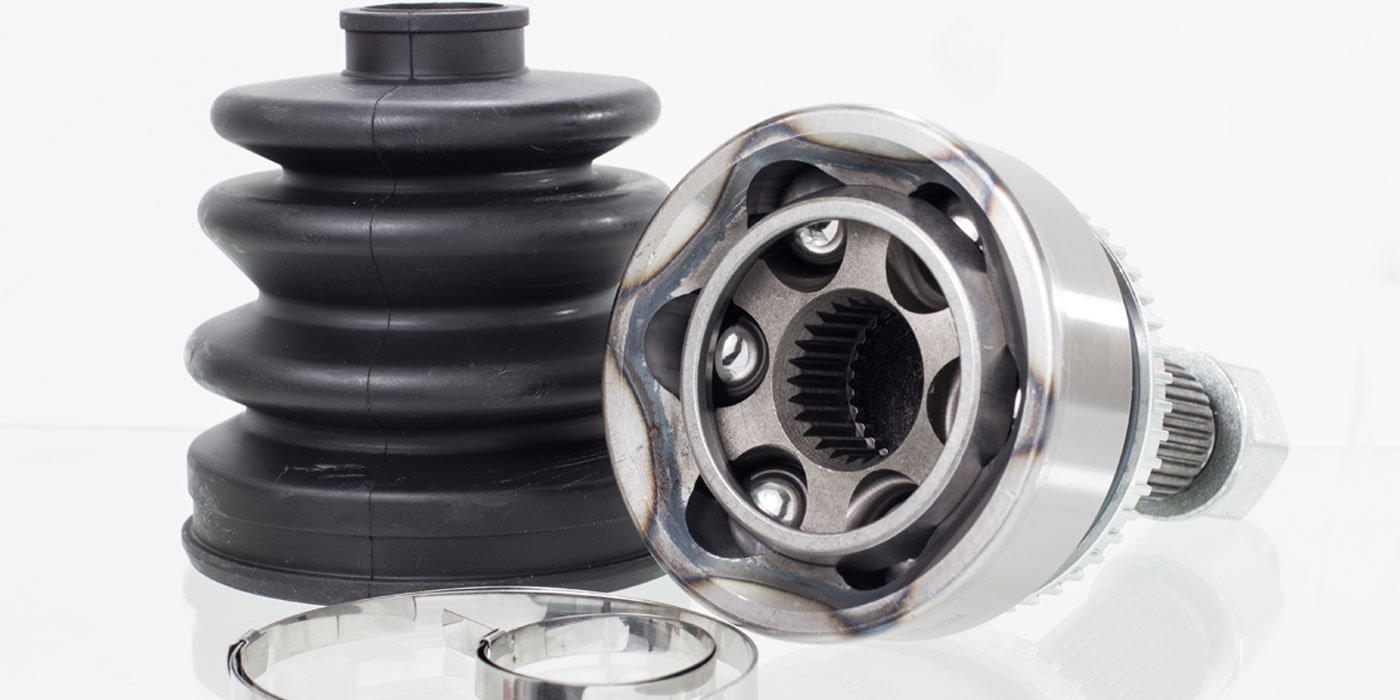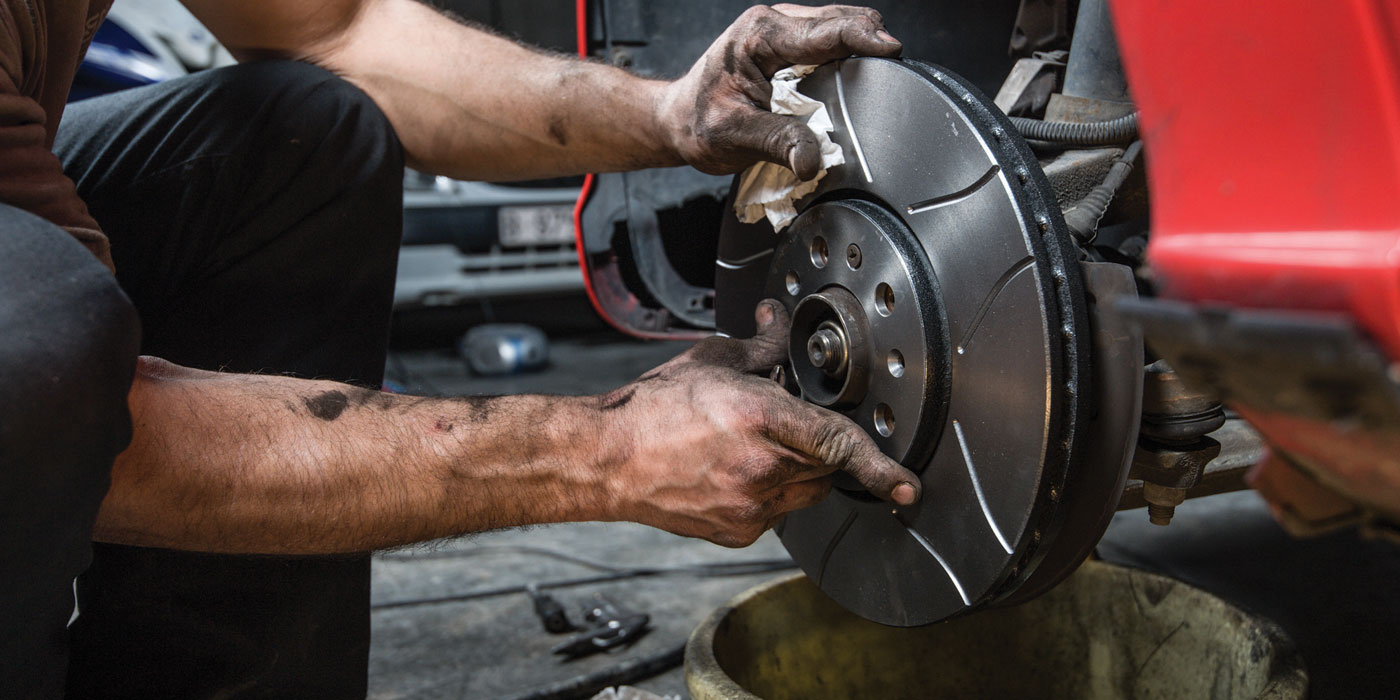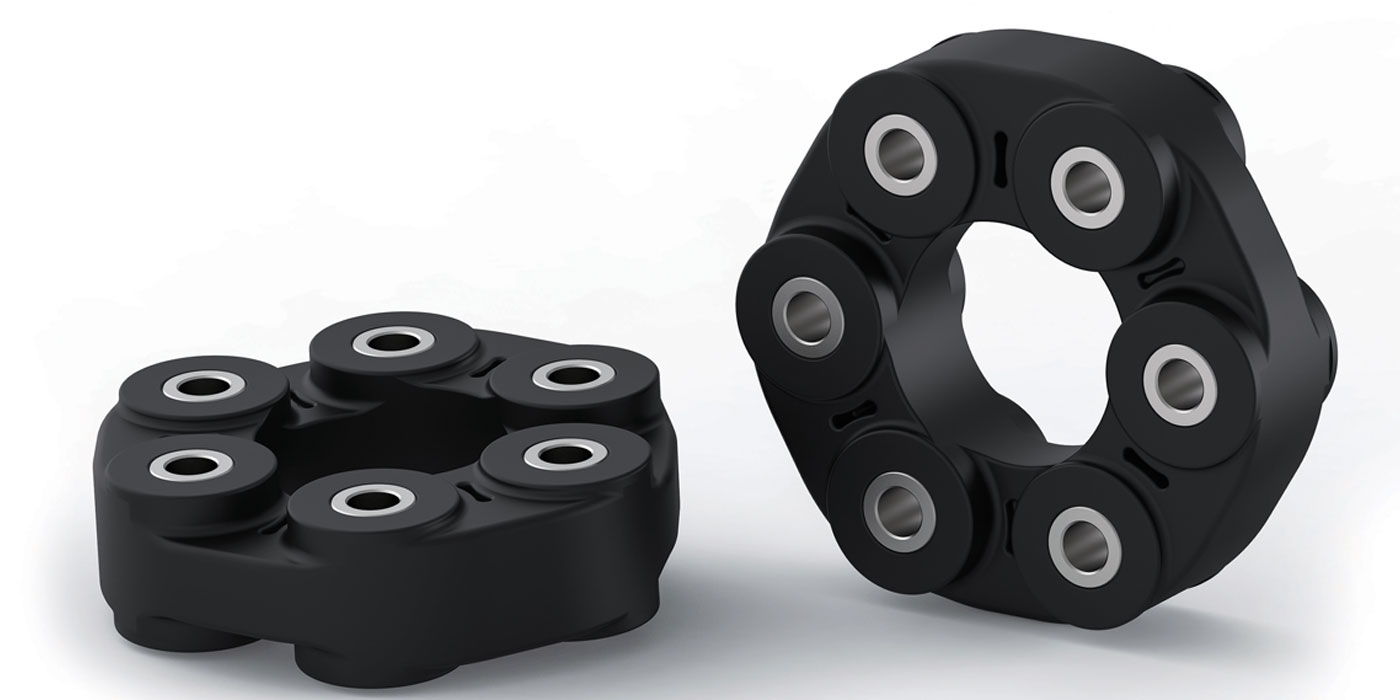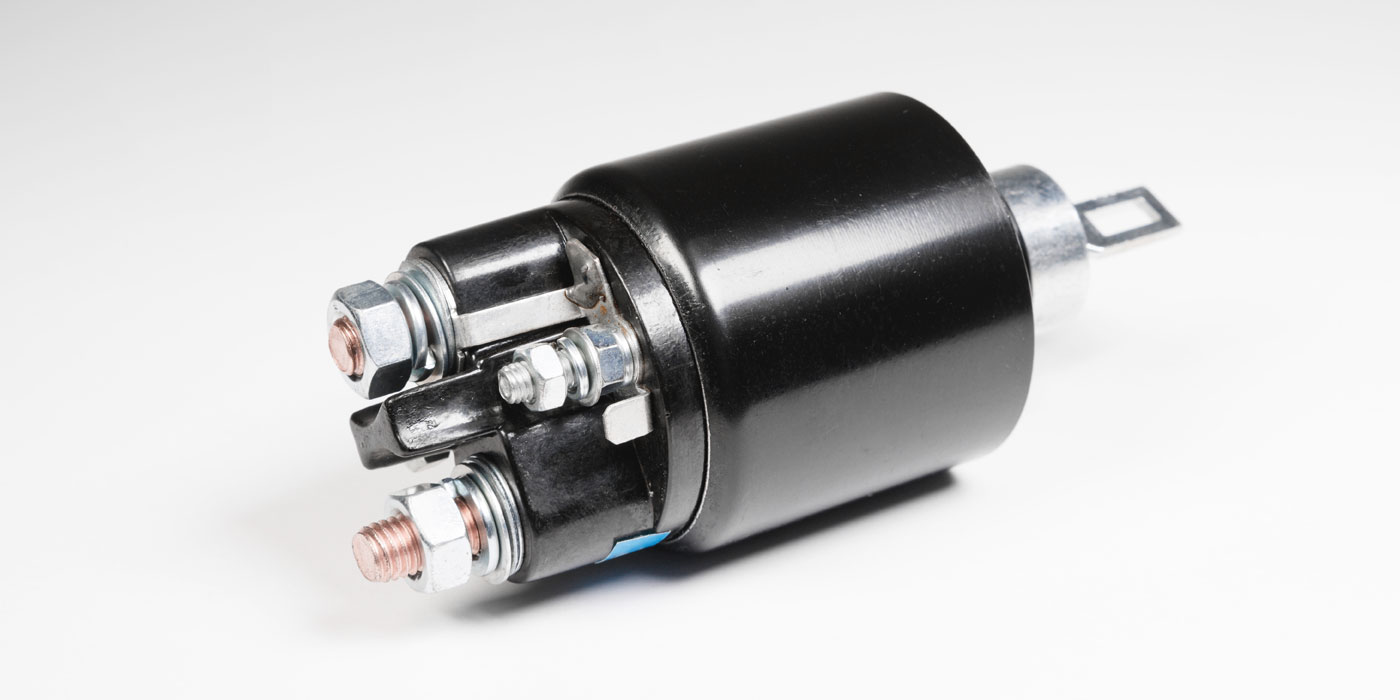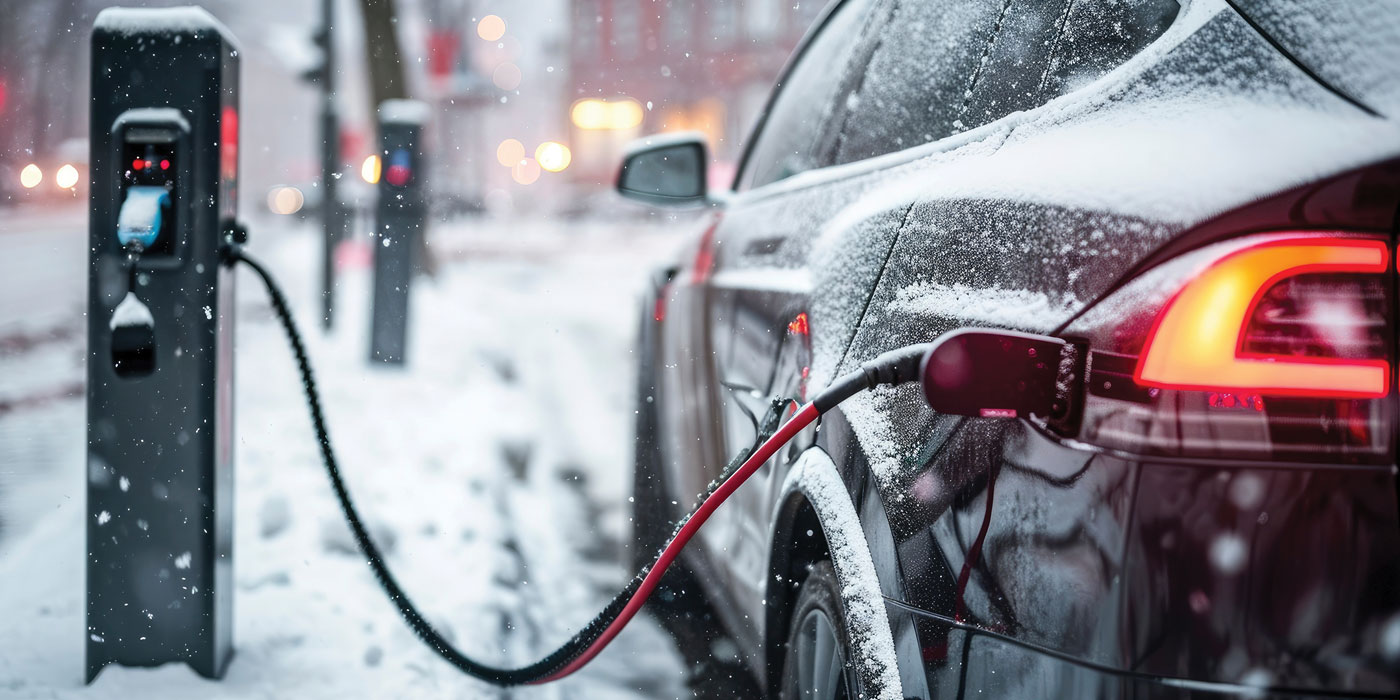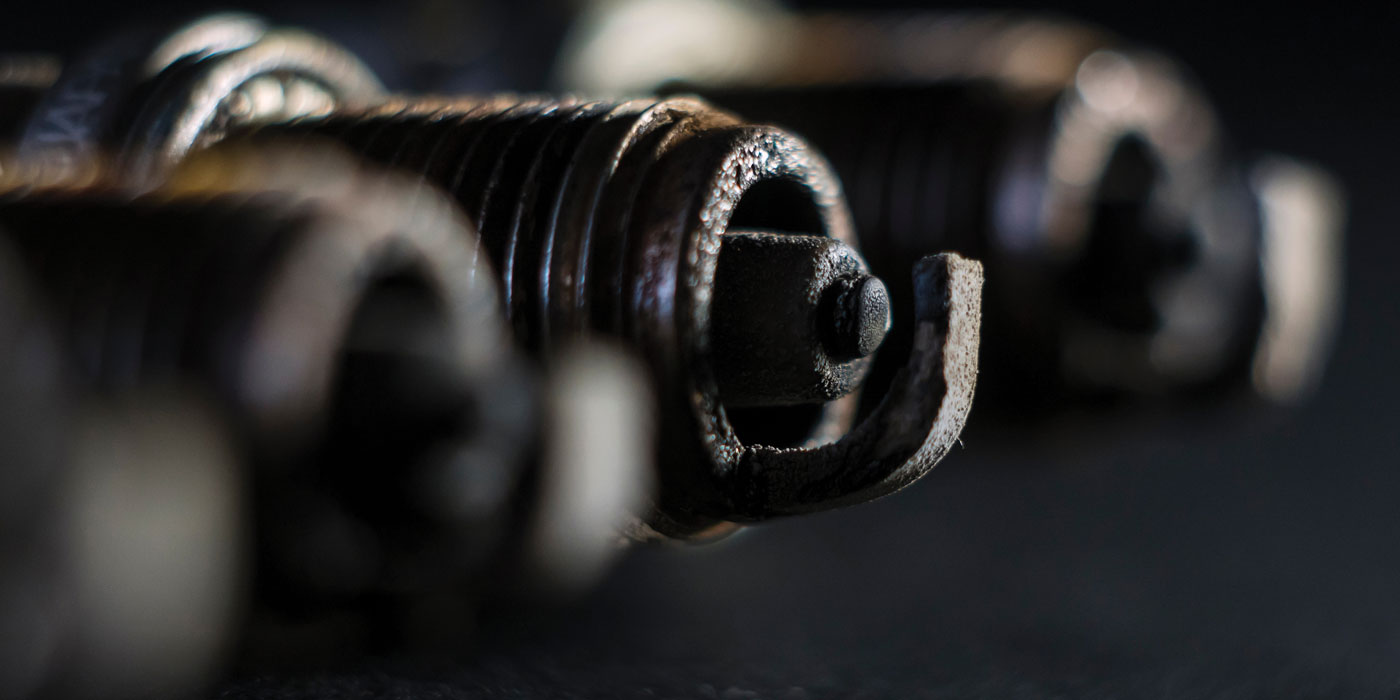Of all the different mounts on a vehicle, the most attention is given to engine and transmission mounts. Why? Because they cause the most noticeable symptoms when they go bad, and they go bad the most often. But why do they fail?
The answer lies in what they are and what they do. A mount is nothing more than a specific component that secures one item to another. However, what separates a mount from a bracket, for example, is its ability to prevent vibration transfer between the two components. In the case of an engine or transmission mount, they isolate vibration transfer to the vehicle frame, as well as dampen the movement of the powertrain.
This makes vehicle operation smoother for the driver, but the necessity of them is greater than just comfort. They also prevent the fatigue and cracking of metal – an occurrence that would be commonplace if engines were bolted directly to the frames. It takes no wild guess to figure out that rubber is the material responsible for it all. Take a piece of rubber, bond it between two pieces of metal, and you have a mount.
So, getting down to it, here’s why they fail.
Age
Rubber weakens with age, just like it does on tires. Now think of the force that’s exerted on an engine mount every time you accelerate. The torque of the engine attempts to twist it, pulling and stretching on one mount and pushing and collapsing another. Do this over and over again thousands of times and it’s impressive that these mounts last as long as they do.
Sometimes the rubber just tears. Other times it separates from one of the metal plates that it’s bonded or secured to. Some mounts may not tear or separate, based on their enclosed design, but the rubber can shrink or become distorted, allowing for excessive movement. It’s all just about age and use. It just happens.
Contamination
Rubber and oil don’t like each other much. Oil degrades the integrity of the rubber, causing it to soften and swell. Oil contamination is common on engine or transmission mounts due to engine-oil or transmission-fluid leaks. Eventually, the rubber tears or separates, but prematurely compared to the normal lifespan of a mount. The ultimate cause is the oil leak. If a customer is replacing a mount that’s soaked with oil, the oil leak should be addressed at the same time, or the new mount will quickly begin to degrade.
Abuse
Engine and transmission mounts are designed to withstand the normal use any given vehicle is designed for. Abuse comes from repeated hard acceleration or launches. “Power” braking a vehicle to prepare for a hard launch is another example. If a vehicle is modified to increase the power, this is more than the mounts were designed to handle and they can quickly be destroyed.
To combat this problem, many solutions have been used over the years to limit engine movement. A common “old-school” trick on muscle cars was to install a chain between the engine block and frame, and yes, we all did it, as silly as it might have looked!
Racers looked to solid engine mounts or engine plates to keep all that horsepower in check. Of course, that’s the extreme, and the development of polyurethane offers an in-between solution. Polyurethane is stronger than rubber and can handle more abuse, making these types of mounts very common for performance applications. But they don’t dampen vibration as well, so be prepared to sacrifice comfort.
Misalignment
A common but often overlooked cause is improper installation. Every mount has a specific procedure that should be followed for installation, allowing it to sit in its natural state when at rest. When these procedures aren’t followed, a mount can end up twisted or distorted at rest, which will lead to premature failure.
Active Engine Mounts
Active engine mounts are any that can vary the amount of dampening they provide, depending on engine speed. They utilize hydraulic fluid internally and either electric or vacuum control. When these go bad, it’s usually caused by aging rubber that cracks, allowing the hydraulic fluid to leak out. But, it also can be caused by a problem with the vacuum or electric controls. It may sound weird for someone to say, “My engine mount is leaking.” But, if they have an active engine mount, they may be right!.





